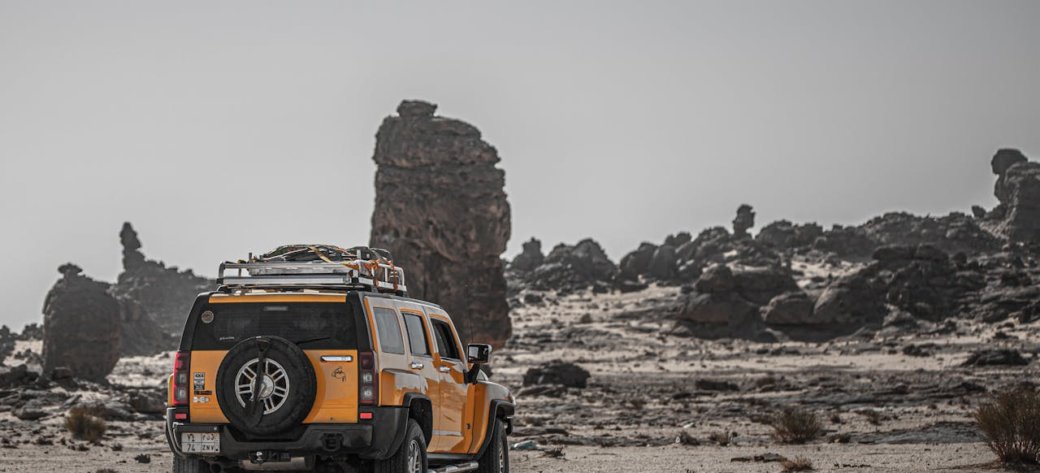
The Toyota FJ Cruiser, like many off-road vehicles, can ford water crossings to a certain depth, but exercise caution and follow guidelines to prevent damage to the vehicle. While the FJ Cruiser is designed with off-road capability in mind, there are limits to the depth of water it can safely cross.
As a general rule of thumb, the FJ Cruiser is typically capable of safely fording water crossings with depths of up to around 27.5 inches (70 centimeters) without modifications. This depth can vary depending on factors such as the vehicle’s specific configuration, aftermarket modifications, water current, terrain, and driver skill.
Approach water crossings slowly and cautiously, always checking the depth and condition of the crossing before attempting to cross.
Here are some additional tips for safely crossing water with an FJ Cruiser…
- Check Water Depth – Before attempting a water crossing, carefully assess the depth and condition of the water. Look for signs of obstacles, submerged hazards, or strong currents that could pose a risk to the vehicle.
- Maintain a Slow, Steady Pace – When crossing water, maintain a slow and steady pace to minimize splashing and prevent water from entering the engine bay or vehicle cabin. Use a low gear and maintain a constant speed to avoid stalling or losing traction.
- Avoid Sudden Acceleration or Braking – Sudden acceleration or braking can create waves and increase the risk of water entering the engine bay or vehicle cabin. Instead, maintain a consistent speed and use gentle throttle and brake inputs as needed.
- Know Your Vehicle’s Limits – Understand the capabilities and limitations of your FJ Cruiser, as well as your own off-road driving skills. If you’re unsure about the depth or condition of a water crossing, it’s best to err on the side of caution and find an alternative route.
- Inspect After Crossing – After crossing a water obstacle, inspect the vehicle for signs of water ingress, such as moisture in the cabin or engine bay, unusual noises, or warning lights on the dashboard. If you suspect water has entered critical components, address any issues promptly to prevent damage.
By following these guidelines and exercising caution, you can safely cross water obstacles with your FJ Cruiser and enjoy its off-road capabilities to the fullest.
